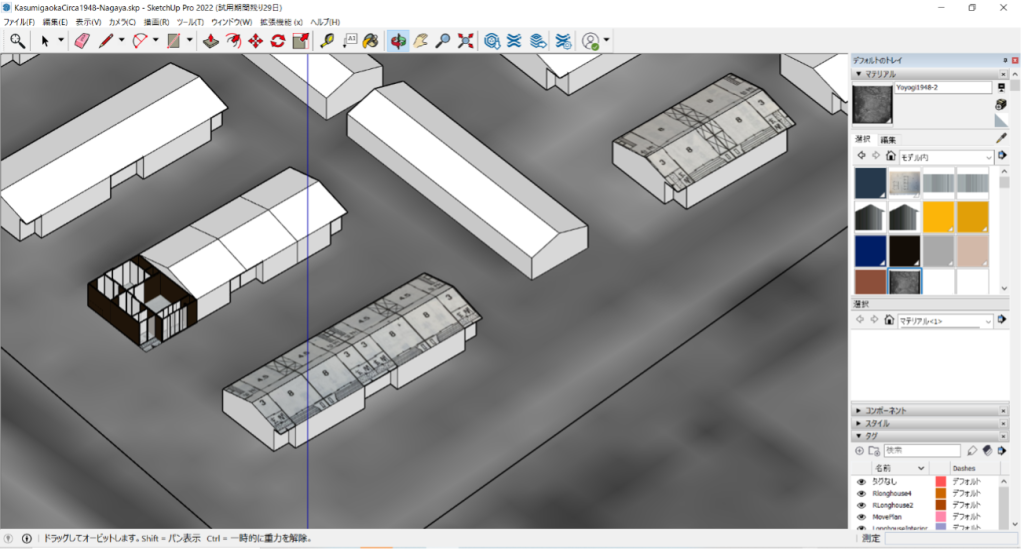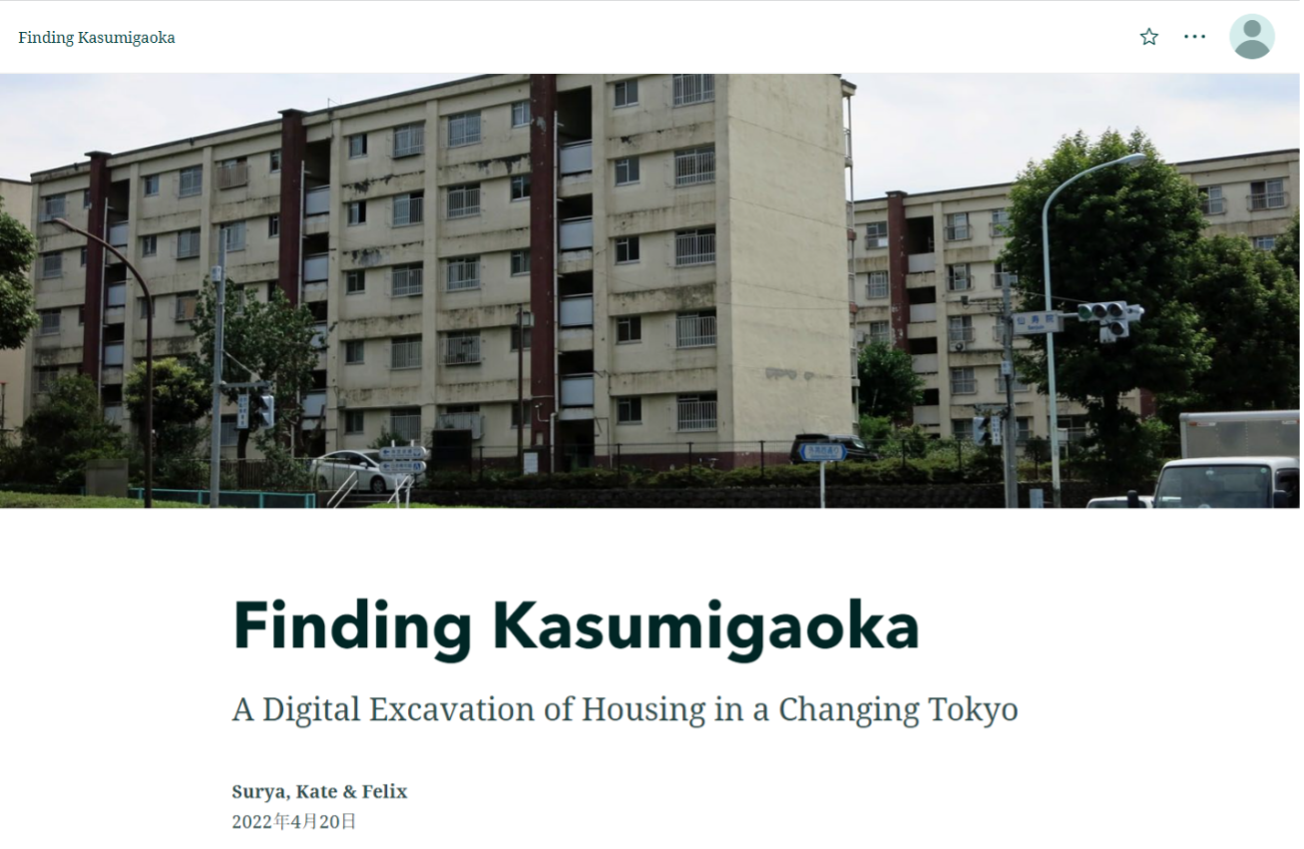This semester I had the pleasure of working with the Visualizing Cities Chicago team led by Professor Paul Jaskot while also taking his class on Chicago architecture, which allowed me to delve into research with a full context of the sociopolitical history and architectural/building trends of the city. We began the semester by focusing primarily on mapping the spaces of Bronzeville around the time of the World’s Fair of 1933 to demonstrate the duality of the progress of the Fair and Bronzeville with the lived reality of racial and community violence. When we began brainstorming, I was intrigued by the role that drugs played in this dynamic, and I began my research centered around tracking sites of drug arrests and activity. Our research was almost exclusively conducted with information from the Chicago Defender —Bronzeville’s primary newspaper —database, so the articles that I found provided not only information about arrests, including the perpetrator’s addresses and arrest locations, but further contained commentary concerning the community’s perspectives towards drugs and their place within the Bronzeville community.
A primary takeaway of mapping these arrests was their proximity to well-known and respected community structures within Bronzeville; for example, the headquarters of an intrastate drug ring was down the road from the civil rights landmark of Pilgrim’s Baptist Church. This proximity was highly related to the perception of Bronzeville and the Black population by outsiders, and the reactions to this proximity from the Chicago Defender reveal fears of the effect of drugs on the community itself and the outside perception. An interesting example of this is a column written in 1937 that discusses the presence of coastal performers hanging out at the beach, in which the author accuses them of encouraging the use of cannabis and propagating its spread within the surrounding community. Many articles discuss the necessity of preventing drug use from spreading to local teenagers, and other articles concerning the arrests of teenagers for using/selling cannabis disparage how drug presence within Bronzeville leads to the stereotype of Black people and Bronzeville being associated with crime and warns parents of preventing their children from following suit. This proximity reveals how the perception of Bronzeville as a place of vice begins and becomes reality as other ethnic populations enter and use the city as such, encouraging crime.
Later in the semester, our focus slowly shifted away from the World’s Fair and towards a more general mapping of all the aspects of Bronzeville during the early 20th century. We separated into three groups— community, context, and conflict— to better contextualize and expand our project. I chose to work on conflict and expanded my area of focus to a more general definition of vice and crime within the context of the community, while my partners focused on points of conflict between Bronzeville and the rest of Chicago and on points of political conflict within Chicago that affected the community. An article that is representative of the conflict within the community discusses the abduction and rape of two contestants in the Negro Day Pageant during the World’s Fair. The Pageant, intended as a celebration of Black women within the community that was on display for the city and the world, was marred by these crimes and demonstrates how the community felt as though their success was always clouded by darkness and provides insight to how their achievements were destroyed in the eyes of spectators by vice.
I found working on this project immensely illuminating and interesting, and it ignited an interest within me to pursue projects within the digital humanities further. Visualizing these spaces provides a way to examine a city at both a macro and micro level, fusing together the importance of individual events within their broader context merely by being able to view them holistically through data representation. Moving forward, I am very interested in expanding the connections of these local crimes to a broader context of American life in this time to further understand the development of how perceptions and external factors can dramatically, and here negatively, affect a community, both local and national.














